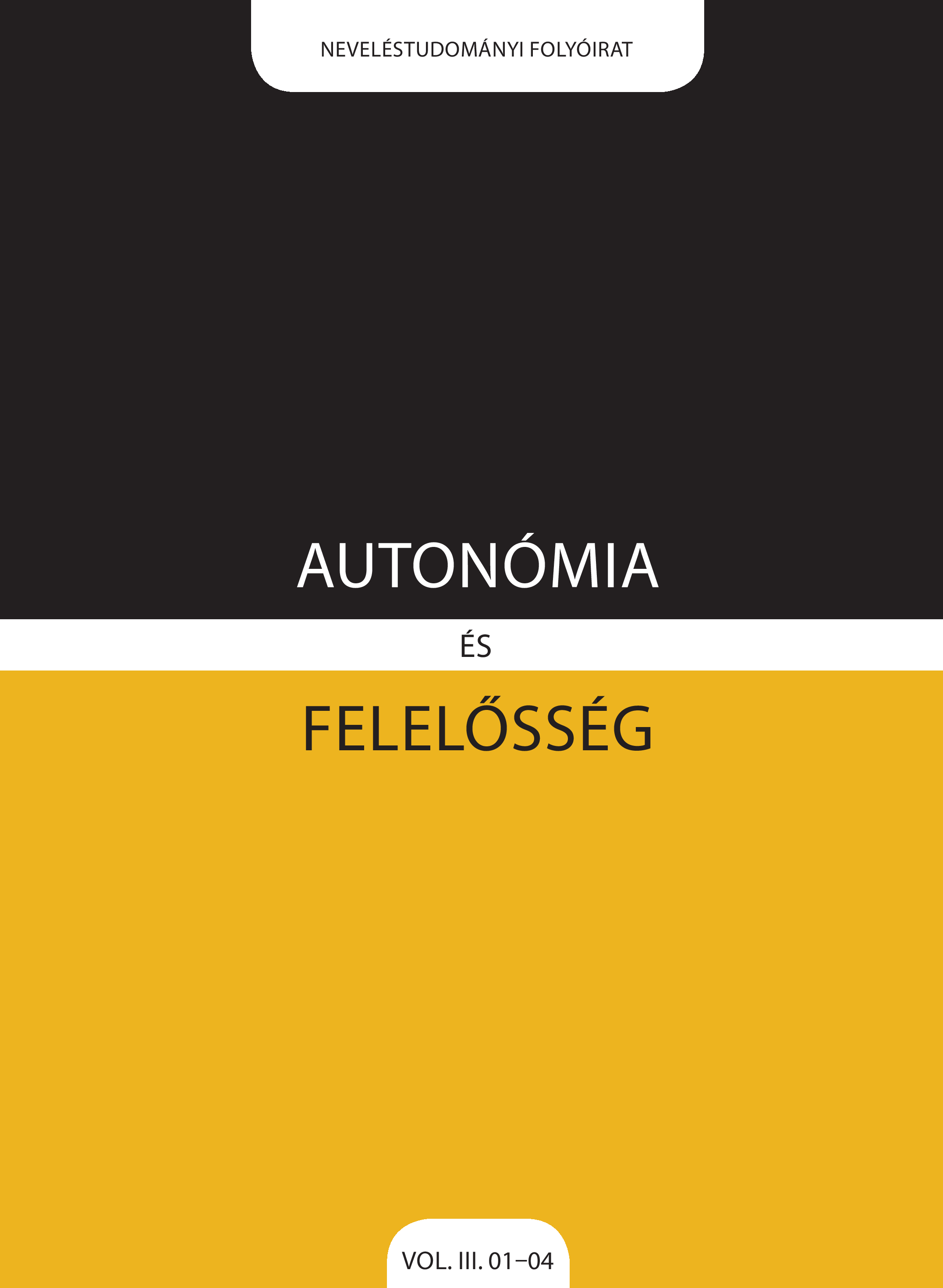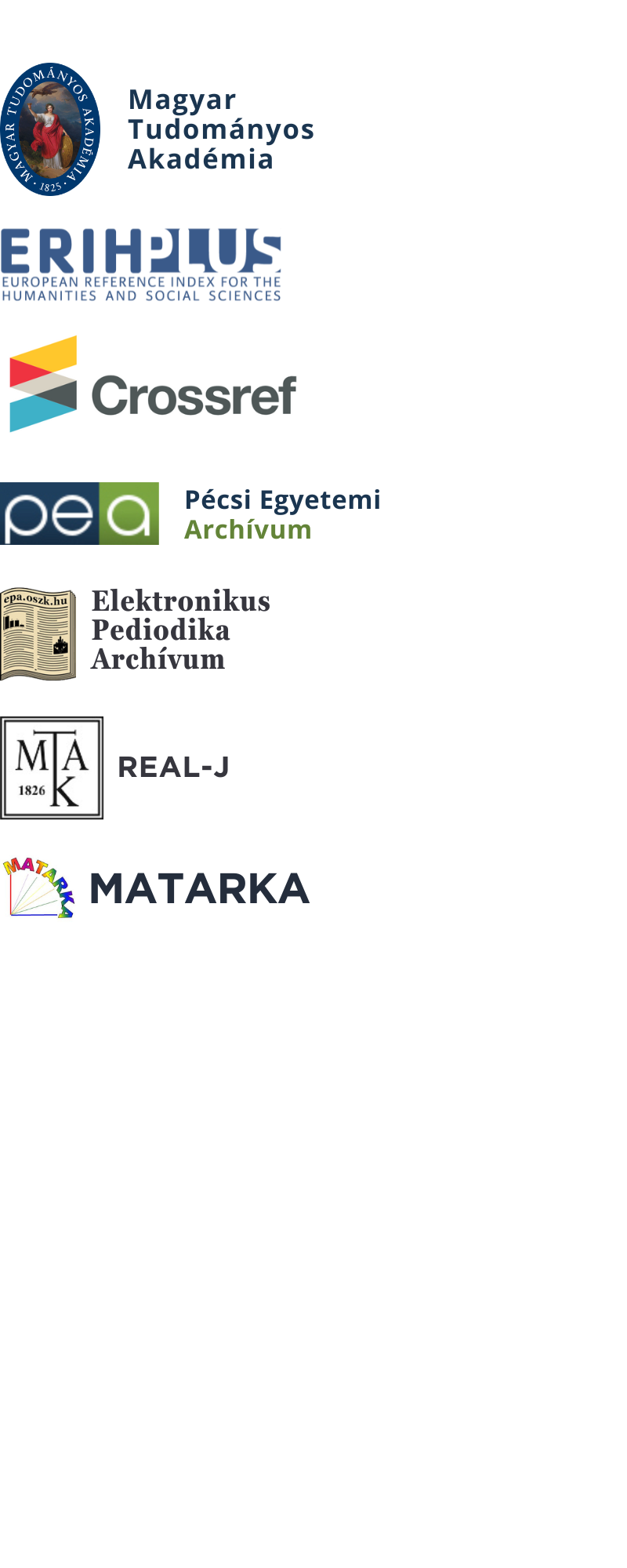Inclusion or exclusion – strategies of institution selection and change in the light of special educational needs
DOI:
https://doi.org/10.15170/AR.2017.3.1-4.5.Keywords:
inclusion, learning disorder, funding, integrationAbstract
An inclusive educational model may provide effi cient education for all students. In Hungary there are examples of segregated education of pupils with mild intellectual disabilities, other disabilities or even of specifi c skills defi cit. Exclusion – ability-based segregation – is prohibited by law. Segregation, however is not prohibited by law concerning persons of intellectual disabilities if they are educated in ’special educational institutions, nursery school groups or school classes dedicated specially for this purpose’. Effectiveness of integration in Hungary raises many questions. Assistance of pupils with special educational needs require additional
competencies, tools and expertise that can be interpreted as additional costs. By the amend ment of the Finance Act in 2016 non-state funded schools are negatively affected, since due to the amendments they suffer disadvantages concerning access to additional resources. They have to be more involved concerning incurring of potential additional costs for education of
pupils with special educational needs, compared to their state-sponsored counterparts. The objective of the study is – based on statistics available concerning school changes of pupils with special educational needs – to examine whether a legal environment permissive towards segregation and conditions of funding would lead to segregation tendencies compared to
institutions of different types of funding.
Downloads
Downloads
Published
How to Cite
Issue
Section
License

This work is licensed under a Creative Commons Attribution-NonCommercial-NoDerivatives 4.0 International License.



